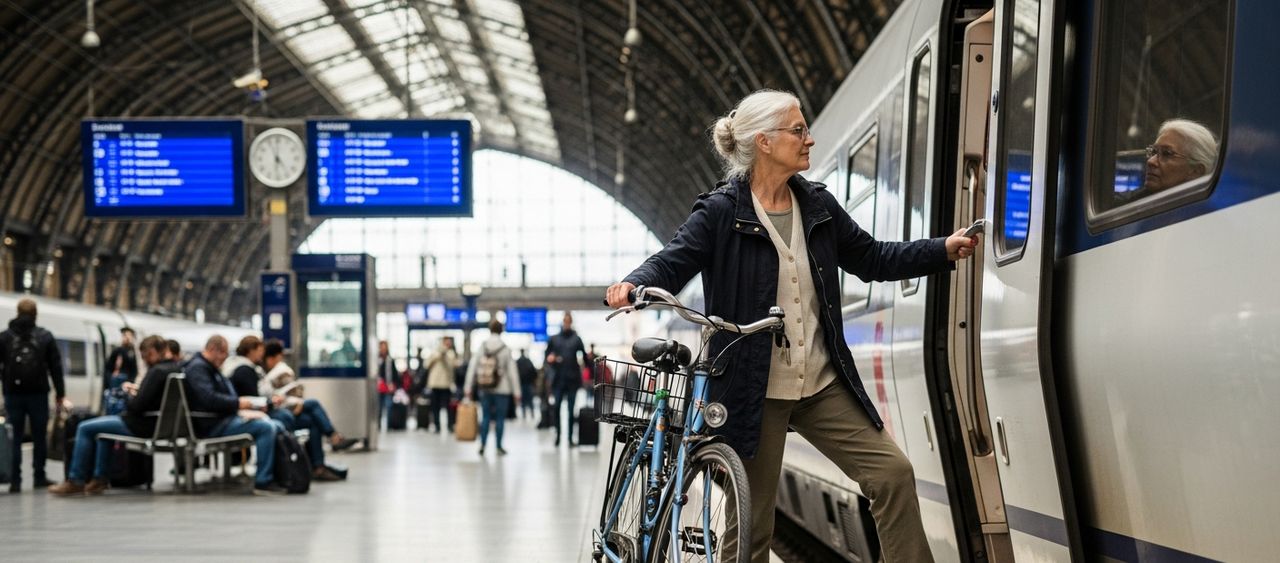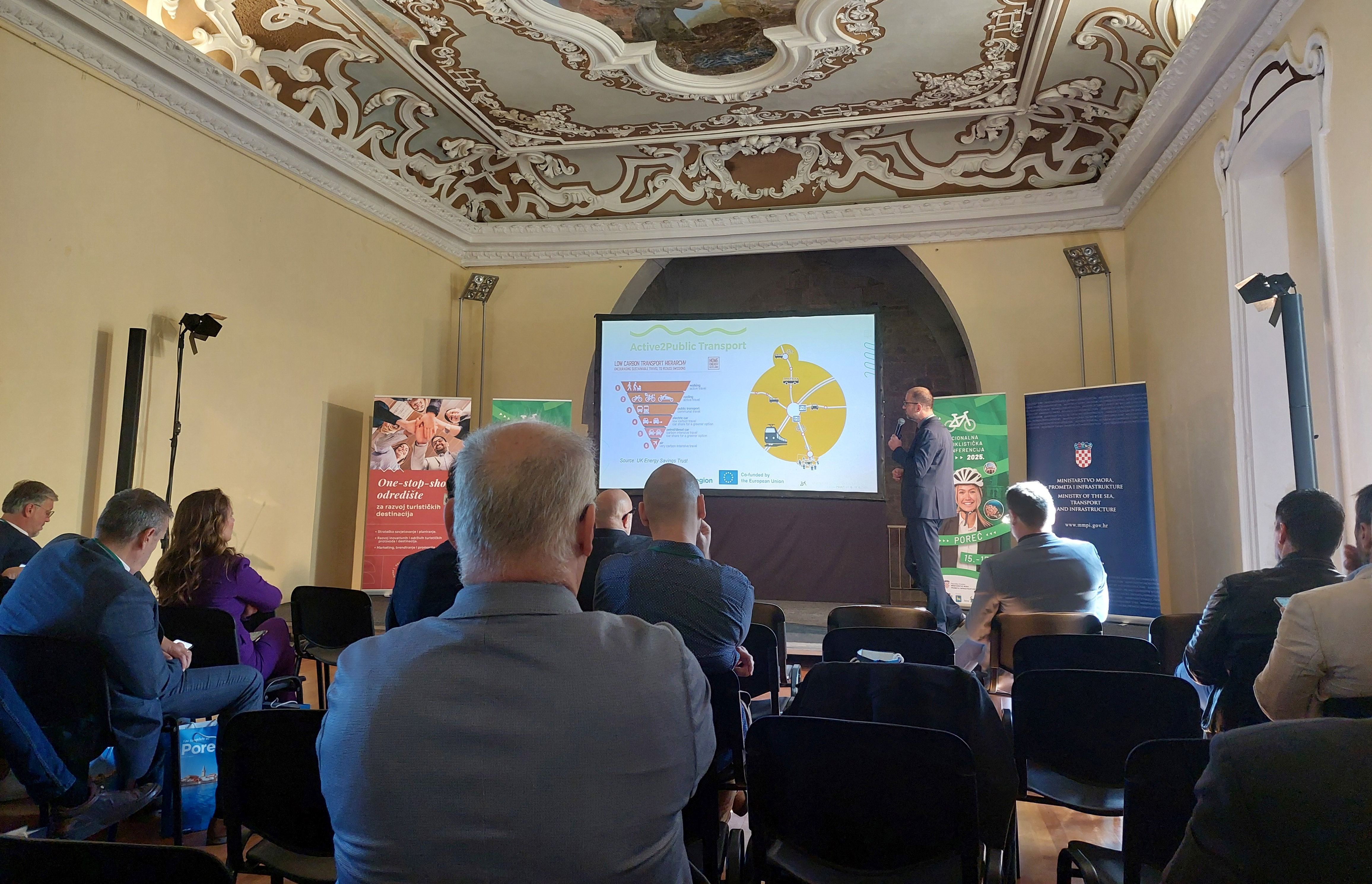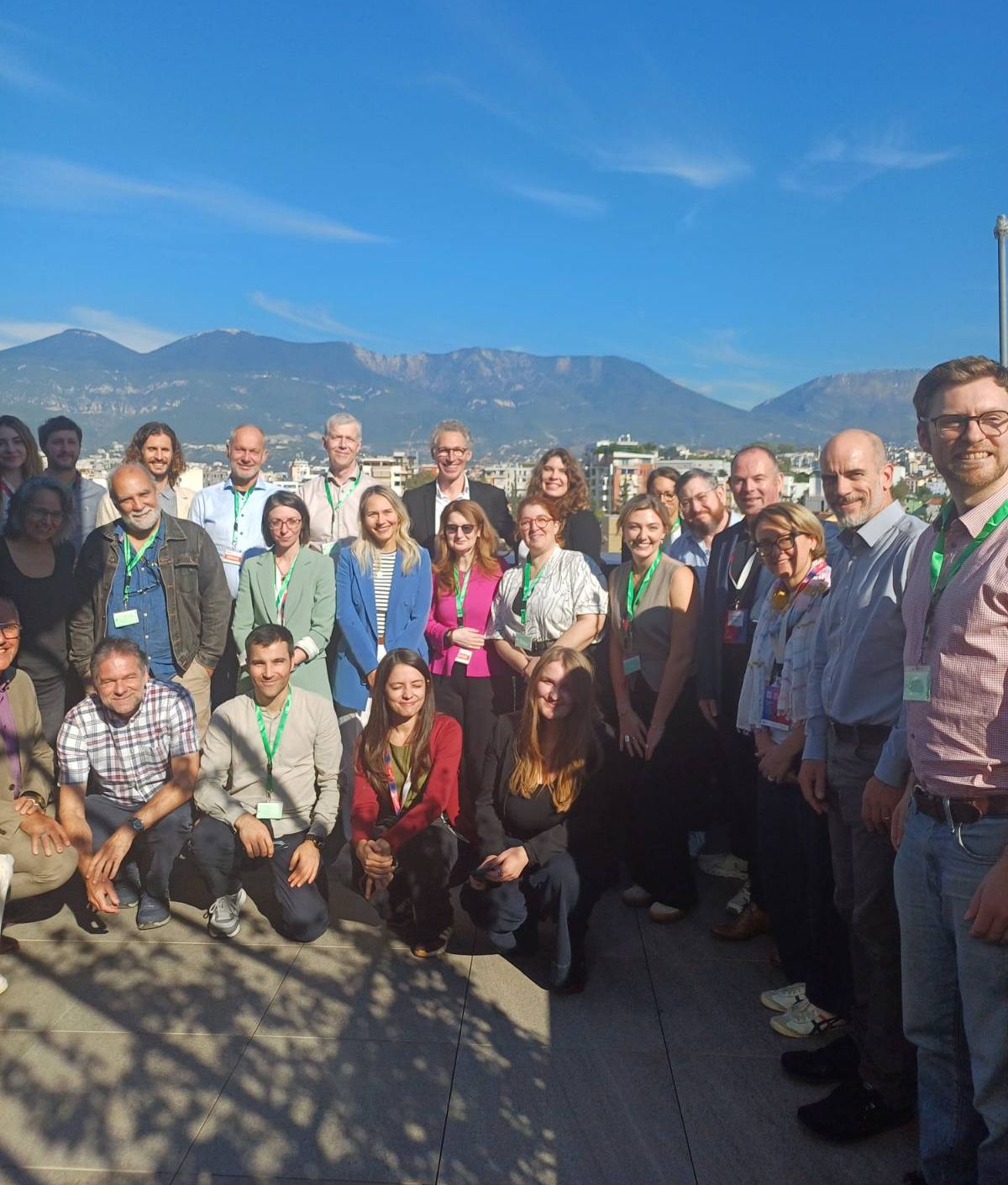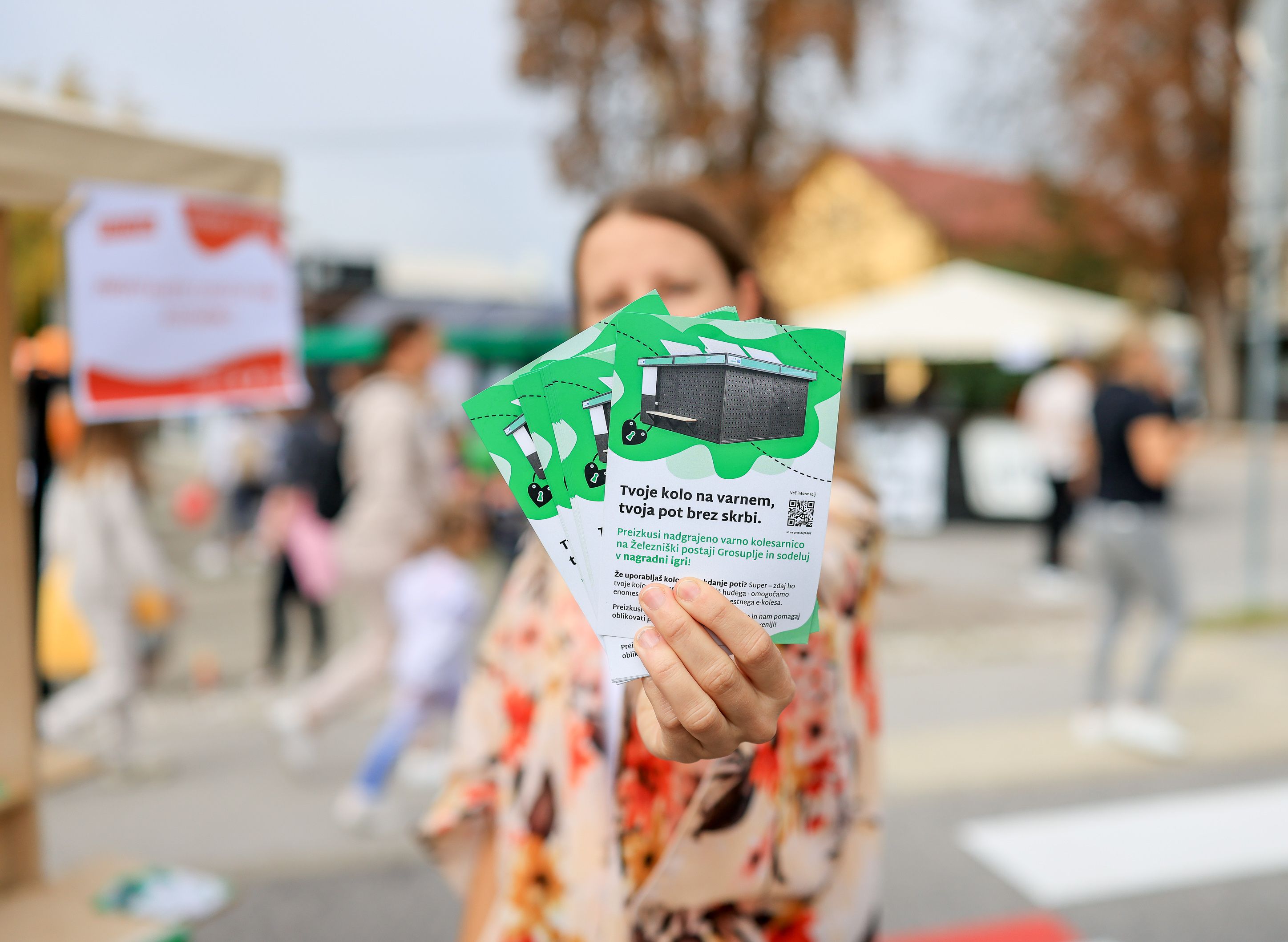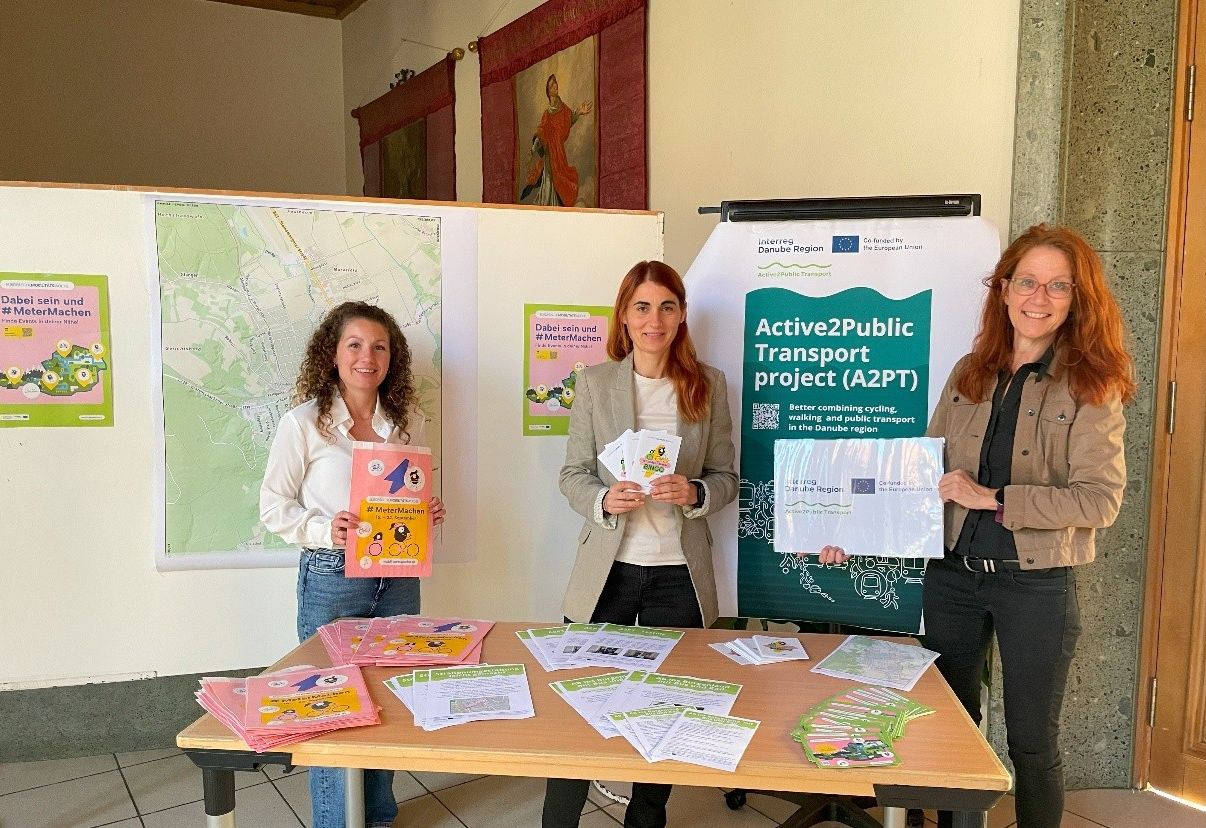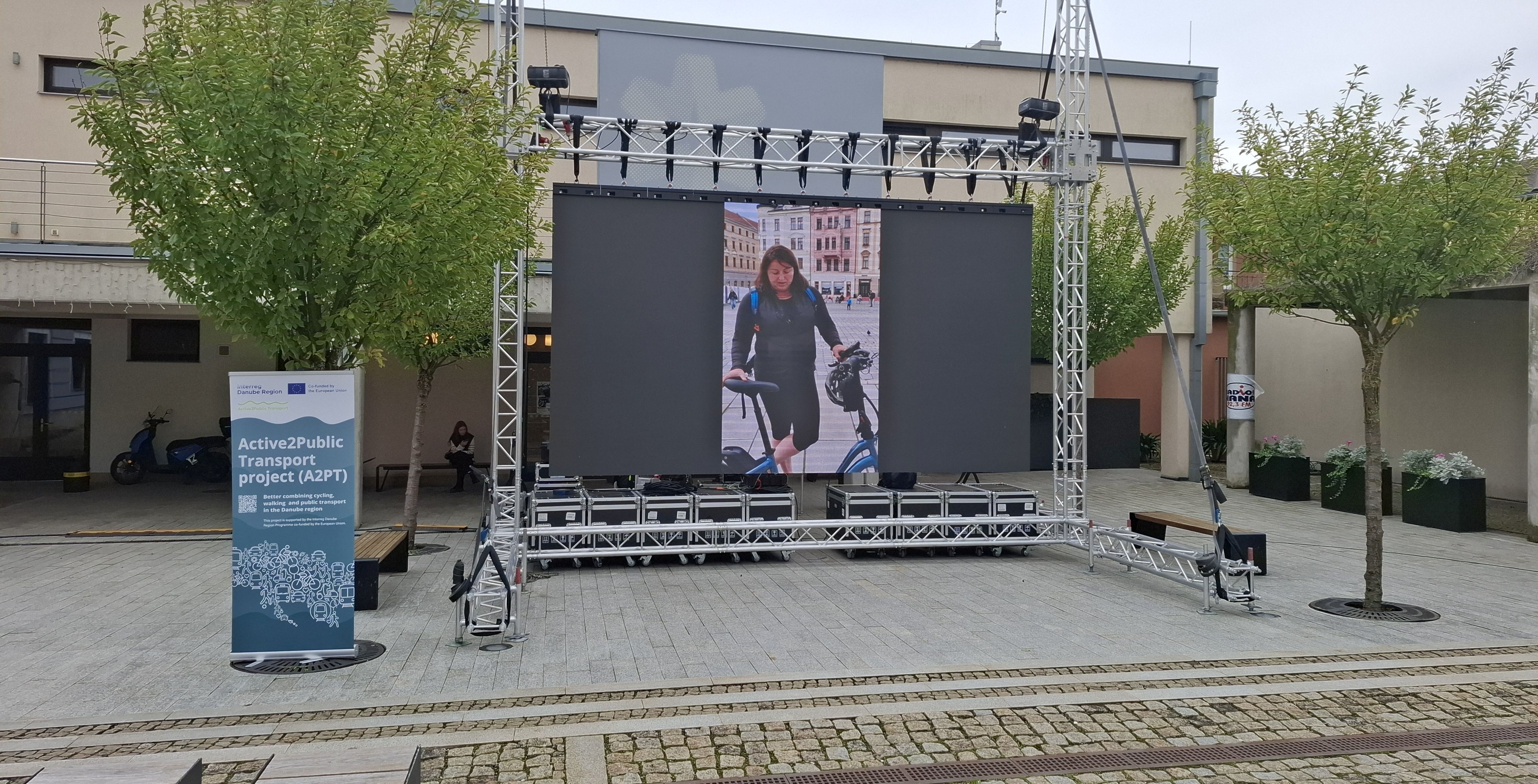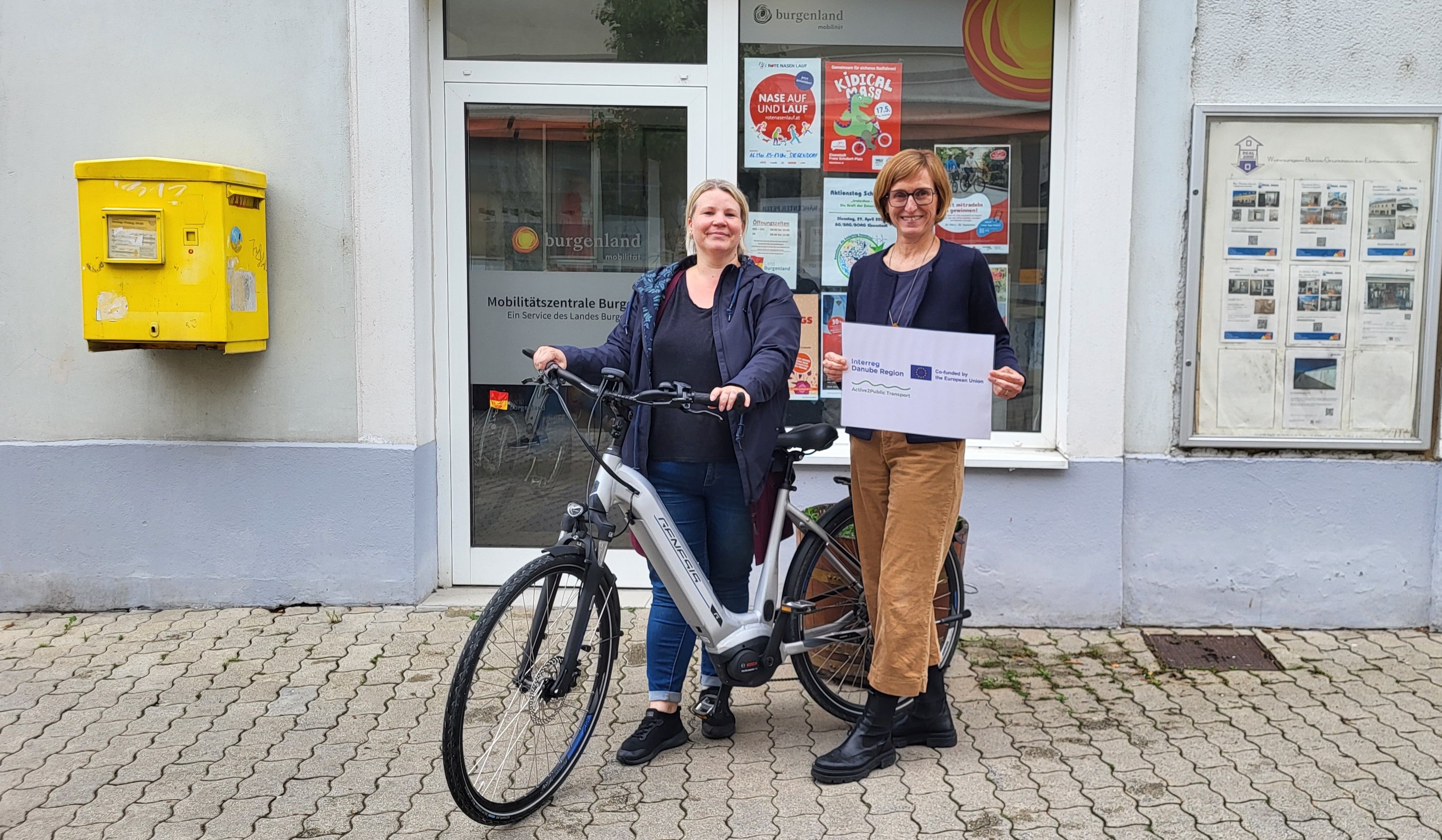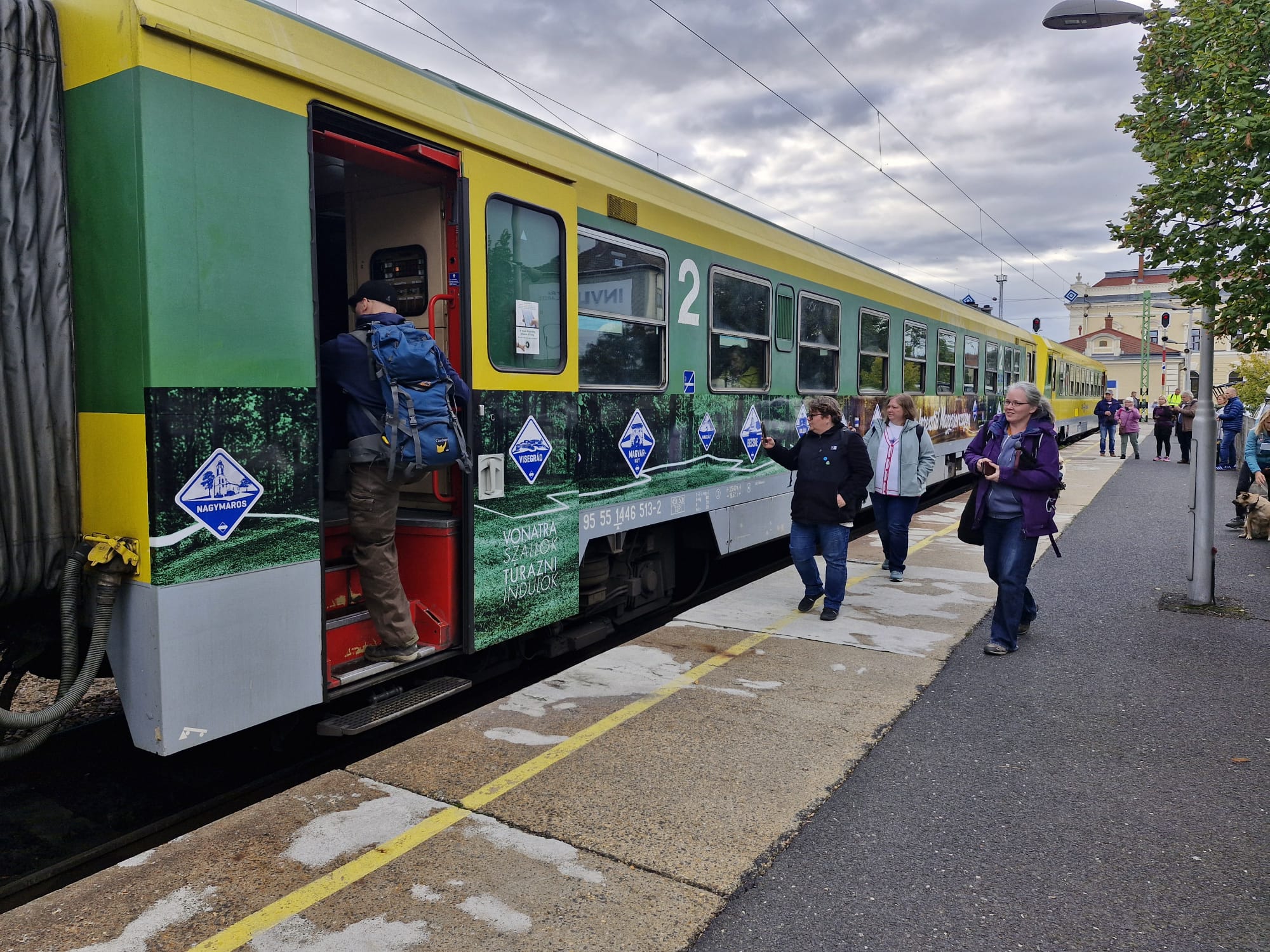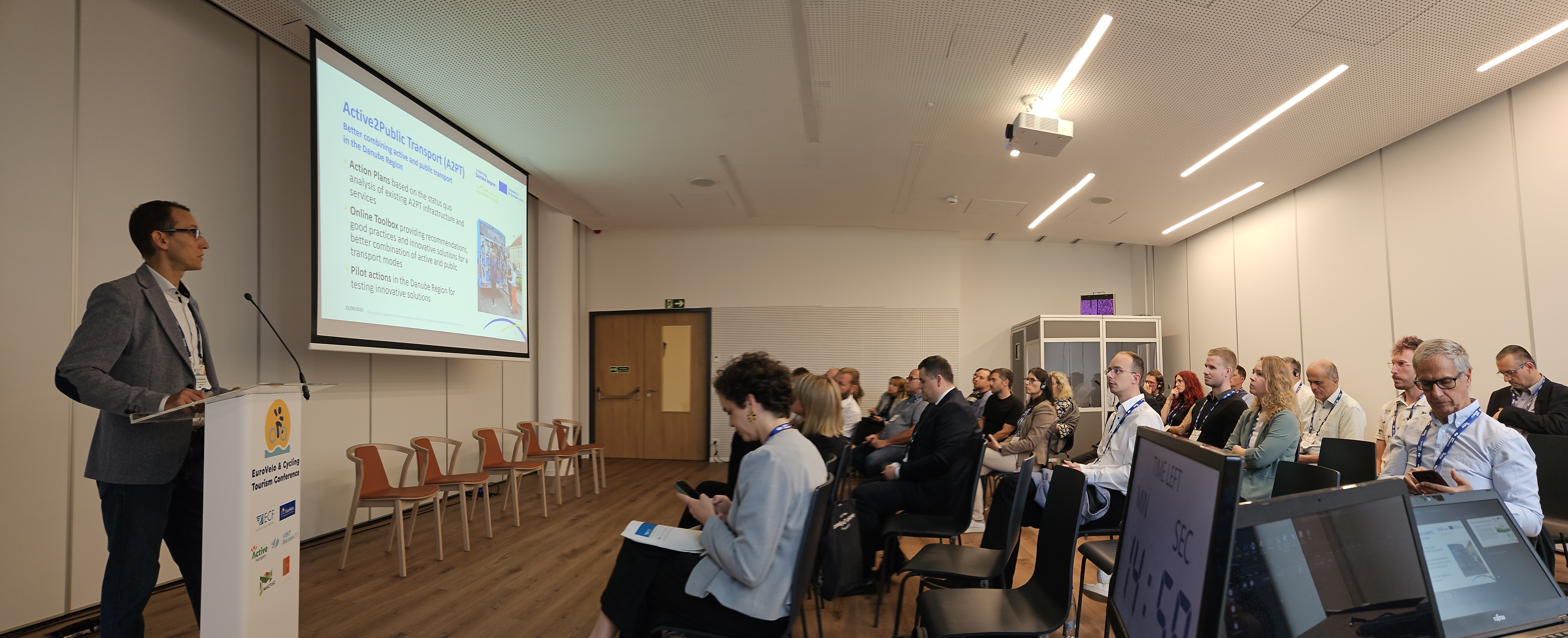Active2Public Transport study: 5,000 cyclists contribute to a survey and confirm the need for better connections with public transport
Cycling tourism and slow travel play a crucial role in reducing greenhouse gas emissions by offering a sustainable alternative to conventional tourism. Supporting cycling as a mode of travel can help regions to reduce emissions, stimulate local economies, and preserve natural landscapes.
A new survey, the Danube Cycling Tourist Survey 2024, gathered insights from over 5,000 respondents on cycling tourism and public transport integration. This groundbreaking research developed a unified international methodology, enabling the direct comparison of the perspectives and needs of cycling tourists in the Danube region for the first time. The findings highlight opportunities to improve cycling infrastructure and accessibility for cyclists, including through public transport.
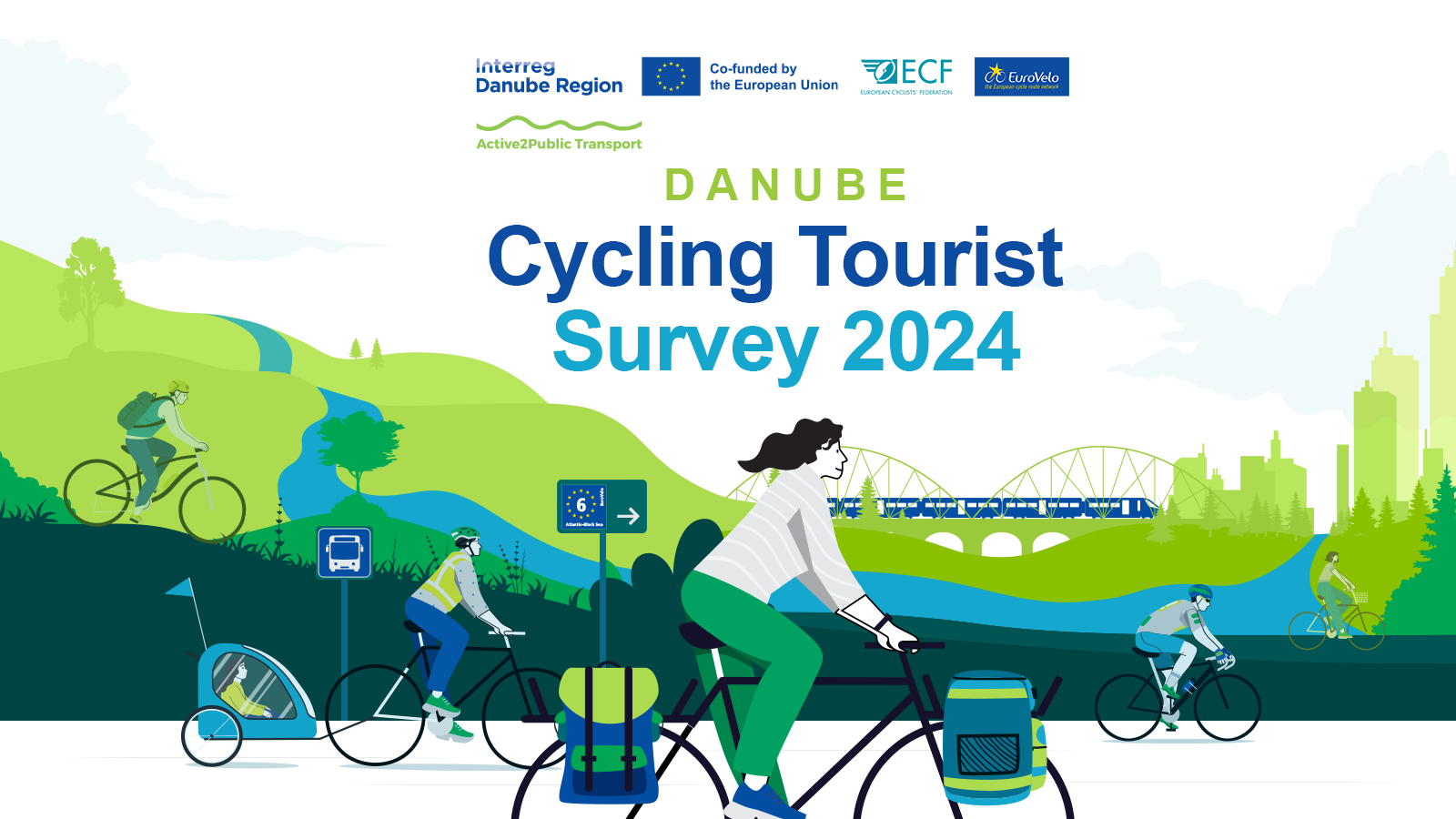
Key Findings: Improvements in Public Transport
Cycling tourism is thriving, with 96% of respondents eager to repeat the experience. Top motivations include active exploration, scenic routes, and unique access to landscapes. The Danube Region, home to EuroVelo 6, is well-positioned to expand this sector. Half of the surveyed travellers had already visited, while many others expressed future interest.
While the interest and potential are significant, they also present challenges for multimodal transport. The survey results show a high demand for combining cycling holidays with public transport, especially for bicycle carriage on public transport vehicles. Despite this high demand, user satisfaction with public transport was relatively low, indicating that improvements are needed to increase satisfaction and usage. The main areas for improvements are:
Cycling infrastructure (separation from motorised traffic, surface, ...)
Capacity for bicycle transport in trains/buses
Cycling-friendly public transport connections
Digital resources are gaining importance and now dominate trip planning, though offline options remain essential for older travelers in our sample.
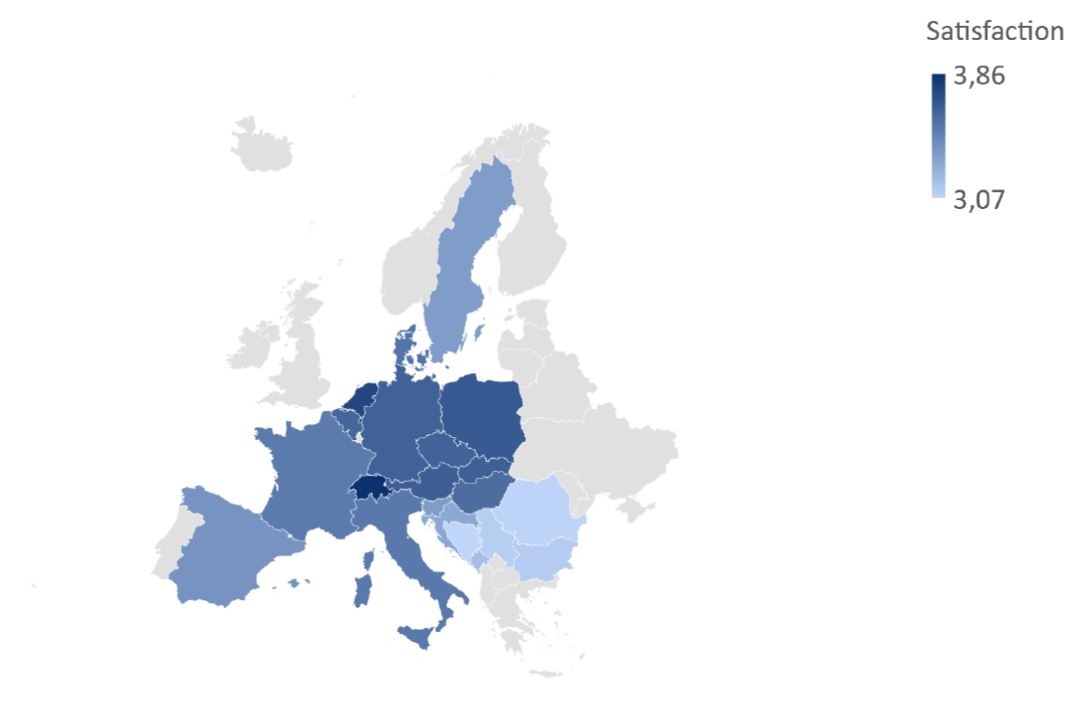
Satisfaction with availability of public transport according to destination of last cycling holiday. Credit: GeoNames, Microsoft, Open Places, OpenStreetMap, TomTom
Did you know that…
Cycling tourists generally spend more than regular tourists and have a direct impact on local economies. German cycling tourists, for example, spend an average of €117 per day during longer trips.
Source: ADFC Bicycle Travel Analysis 2024
Key Priorities
Cyclists traveling in the Danube Region have clear expectations when it comes to infrastructure and services. What improvements would make their experience smoother and more enjoyable? The survey’s recommendations for decision-makers are as follows:
Develop cycling tourism more to support local economies by fostering partnerships between local businesses and tourism boards and capitalising on the existing attractivity of the Danube region.
This could involve developing new experiences and products, promoting eco-friendly accommodations, regional bike rental schemes, and cycling-friendly services to unlock the high economic impact of cycling tourism.Enhance cycling infrastructure and connect them with public transport hubs to ensure safe and accessible connections for cyclists.
This includes expanding and maintaining dedicated bike tracks, signage, and secure parking areas to encourage more travelers to incorporate cycling into their journeys.Improve cross-border public transport connectivity by optimizing timetables, ticketing systems, and multimodal hubs.
Seamless integration of train, bus, and ferry connections across national borders would encourage more cyclists to explore the region without relying on private vehicles.Increase bicycle transport capacity on trains and buses by enhancing onboard carriage and implementing clear regulations for bike transport.
The introduction of special carriages or storage spaces could facilitate traveling with a bicycle, particularly for long-distance and cross-border journeys.Upgrade digital and multilingual travel resources to provide real-time information on cycling routes, transport connections, and service availability.
Websites and mobile apps should feature detailed maps, route planning tools, and multilingual support to cater to international visitors.
Photo: ©Radulescu/Transdanube.Pearls
About the Research
This transnational survey was conducted as part of the Active2Public Transport (A2PT) project, within the framework of the Interreg Danube Region Programme. Danube Office Ulm/Neu-Ulm led the activity in partnership with the European Cyclists' Federation and connected to the EuroVelo initiative. The primary goal of the survey was to advance cycling tourism and sustainable travel while strengthening international cooperation among the nine participating countries in the Danube Region.
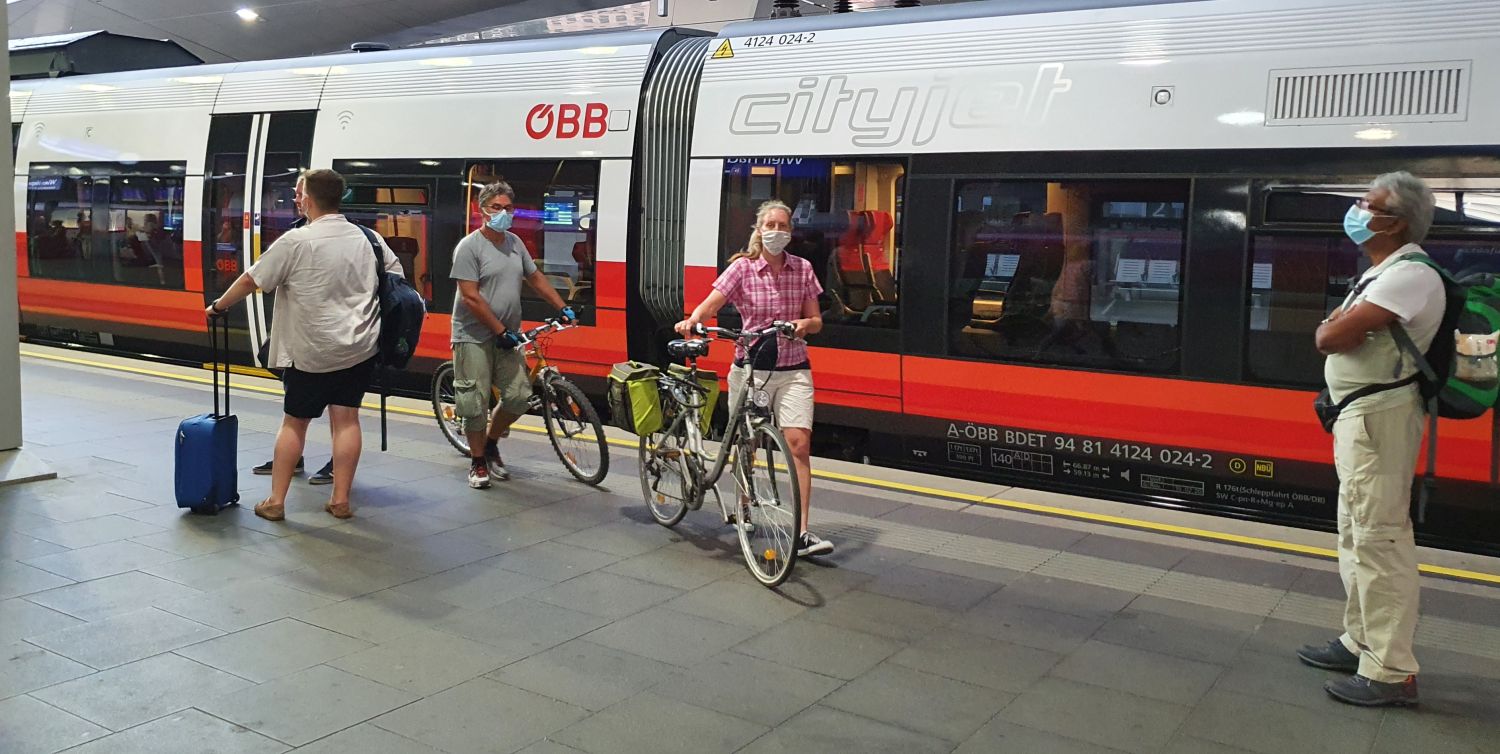
Photo: © Verracon
Download the full report
News & Events
Read the most recent updates and explore the upcoming events.

